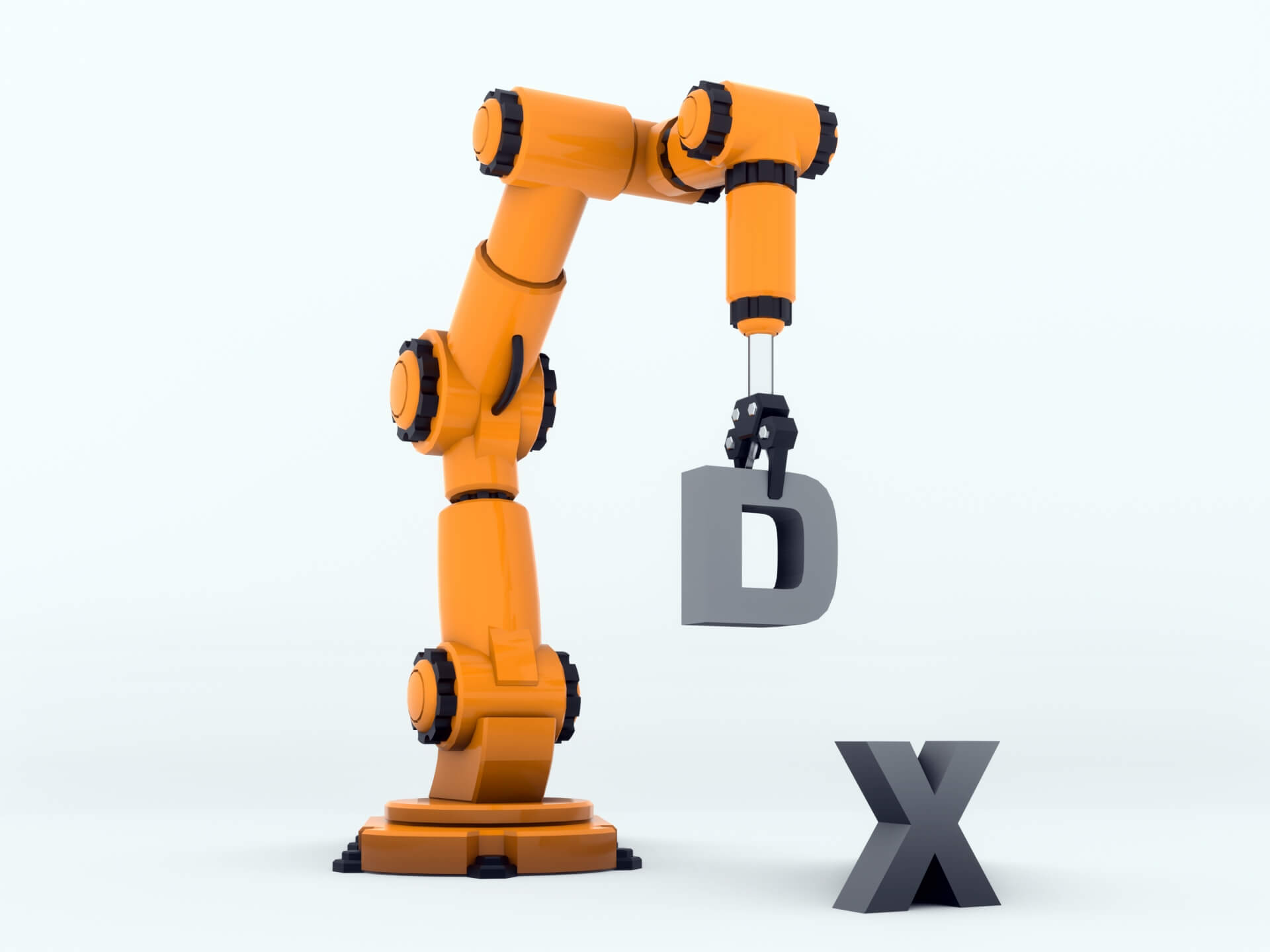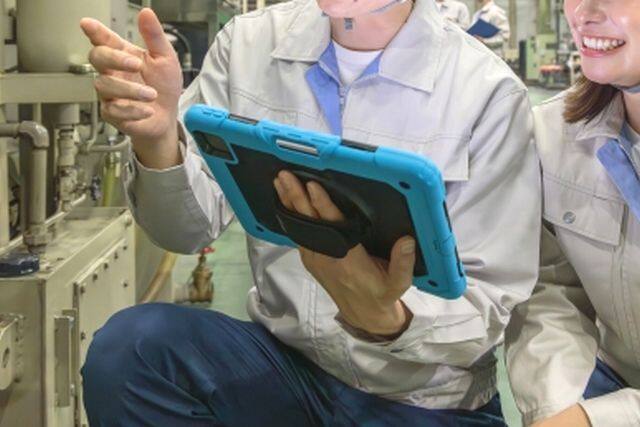Predictive Maintenance Systems Transforming Manufacturing's Future: Smart Factories Realized Through DX and IoT
Here, we introduce the reality and implementation benefits of predictive maintenance systems active in manufacturing, the future and strategy of predictive maintenance transformed by DX adoption, and the cutting edge of predictive maintenance further evolving through IoT utilization.
- The Reality and Implementation Benefits of Predictive Maintenance Systems in Manufacturing
- The Future and Strategy of Predictive Maintenance Systems Transformed by DX Implementation
- The Cutting Edge of Predictive Maintenance Evolving Further with IoT
- NSXe. Supports Predictive Maintenance in Manufacturing with the Wireless Vibration Sensor “conanair”
In recent years, the advancement of cutting-edge technologies like Digital Transformation (DX) and IoT has brought significant transformation to the manufacturing industry. These technologies have expanded the traditional concept of preventive maintenance, enabling more precise and efficient management of equipment. The shift is progressing from time-based scheduled maintenance—where abnormalities are detected through periodic checks—to management based on the current state of equipment. This is achieved through the integration of real-time data from sensors and systems that analyze it for continuous monitoring. Consequently, we are transitioning into the era of proper “predictive maintenance,” where equipment abnormalities are detected early, identified before failures occur, and addressed proactively.
Here, we introduce the reality and implementation effects of predictive maintenance systems that enhance equipment maintenance productivity in manufacturing, factories, plants, power stations, hard-to-access equipment and spaces, and remote locations. We also explore the future and strategy of predictive maintenance transformed by DX implementation, as well as the cutting edge of predictive maintenance further evolving through IoT utilization.
The Reality and Implementation Benefits of Predictive Maintenance Systems in Manufacturing


In modern manufacturing environments, predictive maintenance systems have become indispensable for ensuring stable equipment operation and enhancing productivity. They enable more efficient and planned equipment management, which was previously difficult to achieve with traditional corrective maintenance or time-based maintenance.
The Basic Mechanism and Functions of Predictive Maintenance Systems
Predictive maintenance systems feature a wide range of functions for condition-based maintenance (CBM), continuously monitoring equipment health and detecting early signs of failure. At its core is data collection via diverse sensors measuring vibration, temperature, current, sound, pressure, and more. These sensors capture minute changes that occur during equipment operations in real-time and transmit them as digital data to the system.
The vast amount of collected data is analyzed using advanced algorithms, machine learning, and AI technologies. This analysis identifies deviations from normal conditions and patterns specific to particular failure modes, enabling the prediction of future failure risks.
Based on predicted failure precursors, the system issues alerts and suggests recommended maintenance timing and actions, facilitating planned repairs and component replacements.
Concrete Benefits for Manufacturing
Implementing a predictive maintenance system delivers significant advantages to manufacturing. One of the most notable benefits is a substantial reduction in unplanned equipment downtime. By anticipating signs of failure and performing scheduled maintenance, risks such as lost production opportunities due to sudden line stoppages and delivery delays are minimized. This stabilizes factory utilization rates and contributes to adherence to production schedules.
Optimizing maintenance costs is another key benefit. Reactive maintenance often incurs high repair expenses and emergency response costs following failures. Predictive maintenance enables the replacement of necessary parts only when needed, reducing unnecessary expenditure.
Simultaneously, it maximizes the lifespan of parts, optimizing inventory costs for spare parts.
Furthermore, maintaining equipment health leads to stable product quality and improves workplace safety.
The Future and Strategy of Predictive Maintenance Systems Transformed by DX Implementation


Digital Transformation (DX) evolves predictive maintenance systems from mere equipment monitoring tools into strategic assets that enhance the competitiveness of the entire manufacturing industry. The utilization of data and digital technology shapes the future of manufacturing.
The Role of Predictive Maintenance Systems in DX Advancement
DX refers to initiatives that leverage digital technology to fundamentally transform business processes, organizational culture, customer experiences, and other aspects, to establish a competitive advantage. Within manufacturing, predictive maintenance systems play a central role in advancing DX.
Real-time equipment data collected from sensors visualizes the factory's “current state,” enabling decision-making based on objective metrics. This enables a shift away from traditional maintenance practices, which often relied on the experience and intuition of skilled workers, toward data-driven operations.
Integration of Smart Factory Transformation and Predictive Maintenance
One ultimate goal of DX is the realization of the “Smart Factory.” A Smart Factory integrates cutting-edge technologies, such as IoT, AI, and robotics, enabling the entire factory to perform optimized production activities autonomously. In this smart factory transformation, predictive maintenance systems play an indispensable role.
The equipment data obtained through predictive maintenance contributes to building a digital twin of the factory. A digital twin is a technology that recreates the real-world factory in a virtual space, reflecting real-time data to enable simulation and analysis. This allows for the preemptive identification of equipment failure precursors in the virtual space and the consideration of optimal maintenance scenarios.
Furthermore, predictive maintenance systems closely integrate with production line automation and autonomy. For instance, when an anomaly is detected, the system can automatically adjust production speed or notify maintenance personnel, minimizing human intervention while maintaining safe and efficient production activities. This also leads to effective resource utilization and optimized energy consumption, powerfully driving the transition to a sustainable production system.
The Cutting Edge of Predictive Maintenance Evolving Further with IoT


The evolution of IoT technology is dramatically expanding the possibilities of predictive maintenance, ushering in a new phase that enhances efficiency and flexibility in manufacturing. Diverse sensors and networks collaborate to achieve more advanced predictive maintenance.
Diversification and Expansion of Data Collection via IoT Devices
IoT (Internet of Things) technology refers to a system where various “things” connect to the internet and exchange information with one another. In the field of predictive maintenance, the utilization of IoT is dramatically advancing the diversification and expansion of data collection. It is now possible to deploy numerous small, inexpensive IoT devices (such as wireless sensors) even in locations where installing sensors was previously physically or cost-prohibitive. This enables comprehensive collection of diverse data types—including vibration, temperature, humidity, current, and acoustic signals—from virtually all equipment within a factory.
Wireless sensor networks offer exceptional flexibility during installation. They can be rapidly deployed without wiring work, even in vast factories or complex production lines. The immense amounts of data collected from these IoT devices are transmitted to the cloud in real time and managed centrally. This enables more advanced data analysis, such as comparisons with historical data and correlation analysis between data from multiple pieces of equipment, allowing even subtle signs of equipment abnormalities to be detected without being missed.
Advanced Data Analysis and AI Utilization Through Cloud Integration
The vast amount of data collected by IoT devices, aggregated in a cloud environment, enables advanced data analysis and the utilization of AI (artificial intelligence). The cloud securely stores large volumes of data and provides flexibility to access it from anywhere in the world. Applying AI technologies, such as machine learning and deep learning, to this aggregated data enables the automatic detection of complex patterns that are difficult for humans to identify and signs of abnormalities involving multiple intertwined factors.
Furthermore, AI continuously learns, improving its diagnostic accuracy over time. This transforms predictive maintenance systems from mere monitoring tools into equipment “premonition diagnosticians,” contributing to optimized maintenance and, ultimately, enhanced overall factory productivity. The integration of cloud and AI is evolving predictive maintenance into a more intelligent and autonomous process.
NSXe. Supports Predictive Maintenance in Manufacturing with the Wireless Vibration Sensor “conanair”


NSXe offers the affordable Wi-Fi vibration sensor “conanair,” utilizing patented technology (Patent No. 7530137), ideal for preventive maintenance. This enables swift responses to challenges arising from equipment aging, automation, a shrinking workforce, and the relocation of production bases overseas. It can be easily installed with magnets. Wi-Fi connectivity enables automatic data collection to PCs, on-the-go measurements via smartphones/tablets, and even continuous monitoring through automatic measurement mode.
Traditionally, capturing impact vibrations caused by bearing damage has required expensive sensors operating at frequencies above 10kHz. However, our patented technology enables the acquisition of the damaged passage cycle using very affordable sensors operating in the low-frequency band around 1kHz.
NSXe is also a sales agent for Brownreverse Inc.'s INTEGNANCE VR. Combined with conanair, this enables the construction of a labor-saving system for maintenance management.
For more detailed information about the predictive maintenance system, please do not hesitate to contact us.
Try conanair for FREE now !

Please contact NSXe for any issues regarding facility maintenance
| Company Name | NSXe Co.Ltd - Nakayama Hydrothermal Industry Co., Ltd. |
|---|---|
| Head Office | 7686-10 Hirano-cho, Suzuka, Mie513-0835, Japan zip code 513-0835 |
| Phone | +81-90-2189-1398 |
| FAX | +81-59-379-4704 |
| Business Hours | 8:00~17:00 |
| Office Regular
Holiday |
Saturday afternoons, Sundays and public holidays |
| URL | https://conanair.com/ |
Please contact NSXe for any issues regarding facility maintenance
| Company Name | NSXe Co.Ltd - Nakayama Hydrothermal Industry Co., Ltd. |
|---|---|
| Head Office | 7686-10 Hirano-cho, Suzuka, Mie513-0835, Japan zip code 513-0835 |
| TEL | +81-90-2189-1398 |
| FAX | +81-59-379-4704 |
| Business Hours | 8:00~17:00 |
| Office Regular
Holiday |
Saturday afternoons, Sundays and public holidays |
| URL | https://conanair.com/ |










